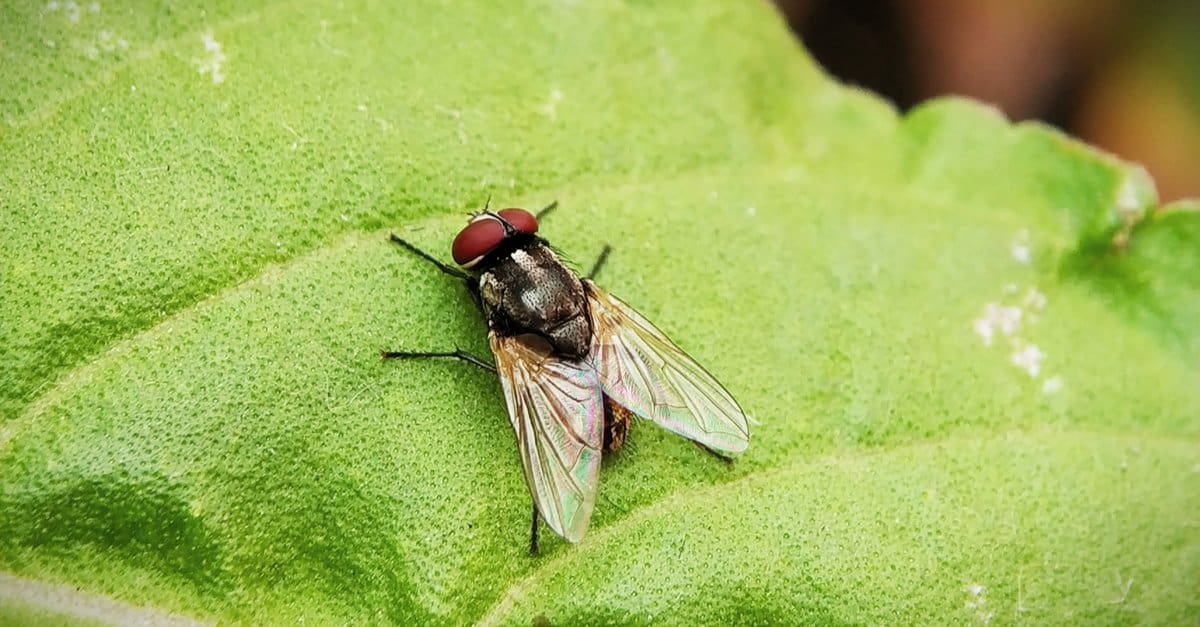Unveiling the World of the House Fly: A Tiny Insect with a Big Impact

In the world of insects, few are as universally recognized and perhaps as universally disliked as the common house fly (Musca domestica). Despite their small size, these uninvited guests can make a big impact on our lives. In this article, we'll delve into the world of the house fly, exploring its characteristics, habits, and why it plays a significant role in our ecosystem.
The Common House Fly: A Brief Overview
-
Physical Characteristics: House flies are small insects, typically measuring around 6-7 millimeters in length. They are gray in color with four dark stripes on their thorax.
-
Lifecycle: House flies undergo a complete metamorphosis, consisting of egg, larva, pupa, and adult stages. The entire lifecycle can be as short as 7-10 days under optimal conditions.
-
Habitat: House flies are highly adaptable and can be found worldwide. They thrive in environments where there is organic material for breeding, such as decaying food and animal waste.
-
Diet: Adult house flies primarily feed on liquid substances, using their sponging mouthparts to consume everything from nectar to regurgitated food. However, their larvae (maggots) feed on decaying organic matter.

The Role of House Flies in Ecosystems
While house flies are often considered pests due to their association with unsanitary environments and potential disease transmission, they also play essential roles in ecosystems:
-
Decomposers: House fly larvae are voracious scavengers, aiding in the decomposition of organic matter. They help break down dead animals and other organic material, returning nutrients to the environment.
-
Pollination: Adult house flies are known to pollinate certain types of flowers, although their role in pollination is not as significant as that of bees or butterflies.
The Impact of House Flies on Human Health
House flies are associated with several health concerns:
-
Disease Transmission: They can carry and transmit diseases like dysentery, cholera, and food poisoning. This occurs when flies land on contaminated surfaces and then come into contact with food or surfaces in our homes.
-
Irritation: House flies can be annoying pests, buzzing around our food and faces, causing irritation.

Preventing House Fly Infestations
To mitigate house fly problems, consider these preventive measures:
-
Sanitation: Maintain cleanliness in and around your home, disposing of food waste properly and keeping trash bins covered.
-
Sealing Entry Points: Ensure that windows and doors are equipped with screens to prevent flies from entering your home.
-
Reducing Breeding Sites: Eliminate potential breeding sites by promptly disposing of organic waste and keeping pet areas clean.
-
Fly Traps: Consider using fly traps or sticky strips to capture adult flies.
The common house fly, while often seen as a nuisance, plays a vital role in our ecosystems as decomposers and occasional pollinators. However, they can also pose health risks through disease transmission. By understanding their habits and taking preventive measures, we can coexist with these insects more peacefully and appreciate their role in the intricate web of life on our planet. So, the next time you shoo away a house fly, remember that this tiny insect, despite its small size, has a big impact on our world.

